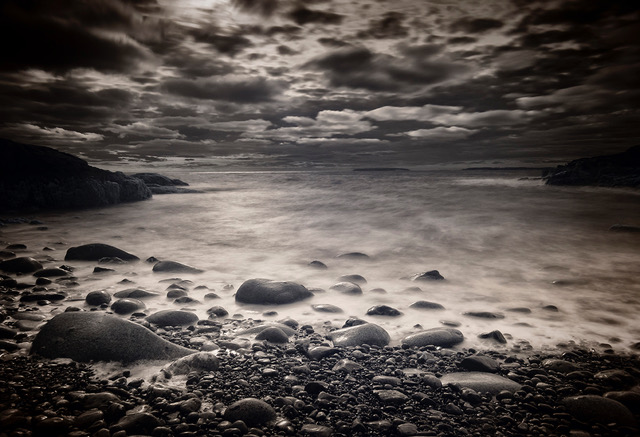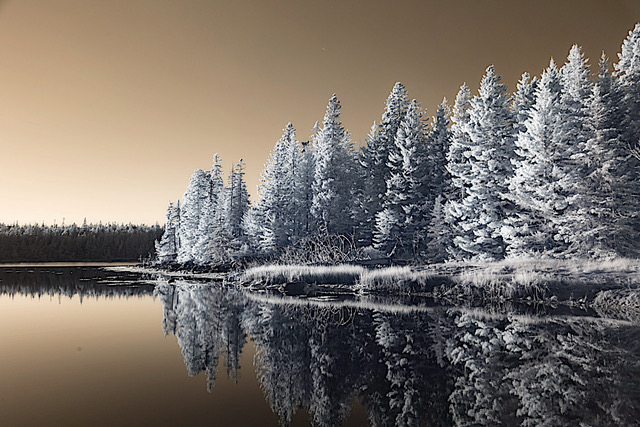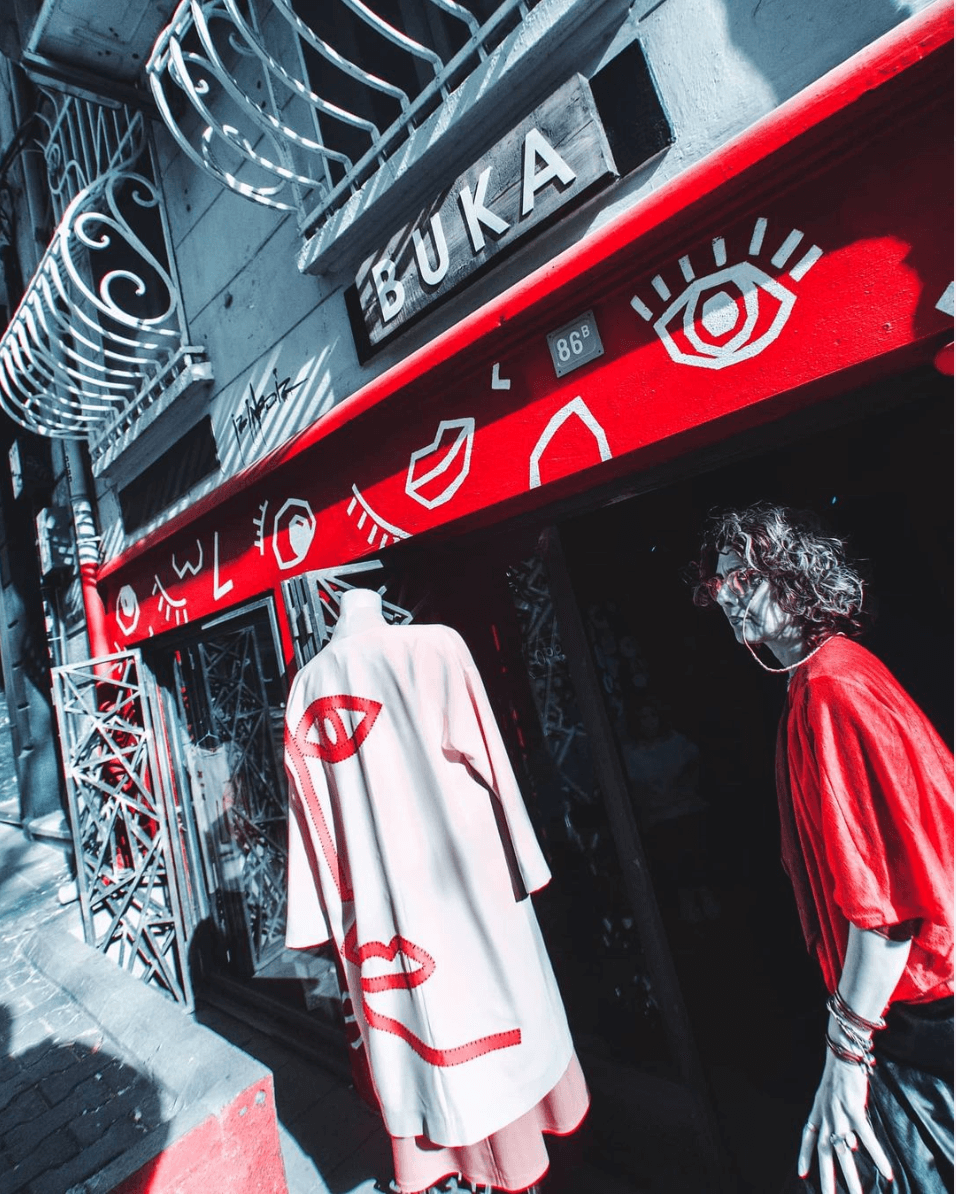Photography as an art is so much more than the technical. It doesn’t matter what equipment you use as long as your images have something to say. In this monthly column, photographer Laurie Klein offers words of inspiration followed by our monthly photo challenge assignment to help you tap into the art and soul of your photography.
Many people do not photograph in infrared in the shoulder seasons or the winter; Laurie Klein, however, does. In the 40+ years of her deep relationship with infrared photography, she has learned how to create dynamic infrared images all year round. During fall, winter, and the beginning of spring, there is little infrared-reflective light, especially the farther north you are. After years of photographing during all four seasons, Laurie has learned what subject matter, lighting conditions, and time of day is the best to capture the beautiful glow of infrared.
For those searching for the light... Never stop.
— A. Meredith Walters Tweet
Fall is here!!! Photographing during the fall season with infrared photography is a bit tricky. With that said, you can yield fantastic infrared images.
Infrared photographers rely on harsh, bright light. I was taught that the best time to photograph with IR is spring, summer, and early fall. That is true for some, but there are also great opportunities for infrared in late fall, winter, and early spring.
As we go into the shoulder months, I am very aware of shadows; they are colder because the temperatures are lower in shadows. So contrast is more robust; in many cases, I will bracket exposures to have details in the shadow areas and the bright sun where the highlights reside.
In the image above, clouds in the northern sky create incredible drama during those months. Northern Sky – AKA northern light – can go very dark.
The seasons and climate will impact your IR photography. Direct light creates better-defined shadows. Midday sunny days are the best time to photograph. Infrared light is stronger at midday because the sun has less atmosphere to travel through. Infrared light is weaker when the sun is lower on the horizon and doesn’t pass directly overhead.
Last fall, I went with friends to photograph in Acadia National Park (see image above). The foliage had fallen, and there were many non-deciduous trees and evergreens; when photographed in IR, non-deciduous trees are darker than deciduous trees and don’t have that IR look. I knew I needed other ways to increase the IR look. Non-deciduous trees don’t have a reflective infrared look; their leaves have more mid-tones.
October’s Infrared Assignment: Photograph in shadows as the weather gets cooler. See what happens. Post your photo on Instagram, tag @kolarivision, and use #kolariphotochallenge to submit your work. Winners will be selected the first week of November. Tap into your art and soul of infrared.
Laurie’s upcoming one-on-one infrared workshops: https://www.laurieklein.com/product/custom-infrared-workshop/
Challenge Winner: Alexandr Korolev | @revvoensovet







